Home>Renovation & DIY>Home Renovation Guides>What Home Improvements Should Be Done First
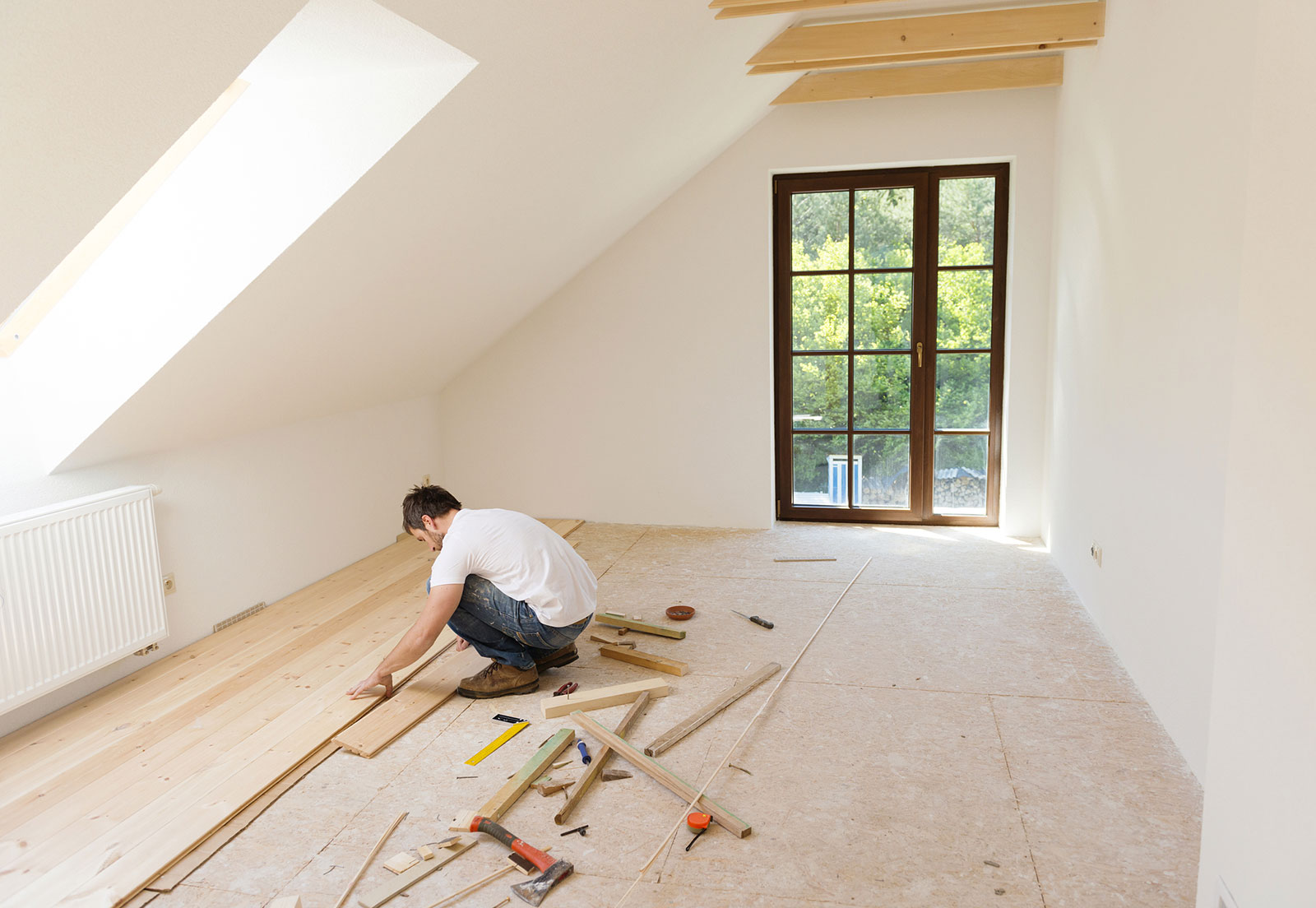

Home Renovation Guides
What Home Improvements Should Be Done First
Modified: October 20, 2024
Discover the essential home renovations to prioritize with our comprehensive guide. Get expert advice on where to start and how to maximize your home improvement budget. Ideal for first-time renovators.
(Many of the links in this article redirect to a specific reviewed product. Your purchase of these products through affiliate links helps to generate commission for Storables.com, at no extra cost. Learn more)
Introduction
Welcome to the exciting world of home improvement! Whether you’ve just purchased a new house or you’re looking to revamp your current living space, making the right improvements can enhance your home’s functionality, comfort, and value. However, with a plethora of potential projects to tackle, it’s crucial to prioritize your efforts effectively. By focusing on the most impactful improvements, you can ensure that your time and resources are invested wisely.
In this comprehensive guide, we’ll explore the essential home improvements that should take precedence. From assessing your home’s condition to enhancing its energy efficiency and curb appeal, we’ll cover a range of critical considerations. Whether you’re a seasoned homeowner or a first-time buyer, this guide will provide valuable insights to help you make informed decisions about your home improvement journey.
So, grab your tool belt and get ready to dive into the world of home renovations. Let’s embark on this transformative journey to create a space that’s not only aesthetically pleasing but also functional and efficient. With the right approach, you can turn your house into the home of your dreams while adding value for years to come.
Key Takeaways:
- Prioritize essential repairs like fixing foundation issues and addressing leaks to safeguard your home’s safety and longevity before focusing on cosmetic upgrades.
- Enhance energy efficiency with upgrades like high-efficiency windows and appliances to create a more sustainable and cost-effective living space.
Assessing Your Home
Before diving into any home improvement project, it’s crucial to conduct a thorough assessment of your property. Start by examining the structural integrity of your home. Look for signs of foundation issues, such as cracks in the walls or uneven floors. Addressing these issues early on can prevent more extensive and costly repairs down the line.
Next, evaluate the functionality of key systems, including the plumbing, electrical, and HVAC. Leaky pipes, outdated wiring, or inefficient heating and cooling systems can lead to significant problems if left unattended. Consider hiring a professional inspector to identify any hidden issues and provide recommendations for improvement.
Assessing the overall condition of your home’s interior and exterior is also essential. Look for signs of water damage, pest infestations, or mold growth. These issues not only affect the livability of your home but can also pose health risks to you and your family.
Furthermore, consider the layout and flow of your living space. Are there any areas that feel cramped or underutilized? Identifying these inefficiencies can help you plan for future renovations aimed at creating a more functional and inviting environment.
Finally, take into account your long-term goals for the property. Are you planning to stay in the home for the foreseeable future, or are you looking to increase its resale value? Understanding your objectives will guide your decision-making process as you prioritize home improvements.
By thoroughly assessing your home, you’ll gain valuable insights into its current state and potential areas for improvement. This foundational step will set the stage for making informed decisions about which projects to tackle first, ensuring that your efforts yield the greatest benefits for your home and your investment.
Essential Repairs
Prioritizing essential repairs is paramount to maintaining the safety, functionality, and longevity of your home. Addressing these critical issues should take precedence before embarking on any cosmetic or discretionary upgrades.
Begin by focusing on structural integrity. Any signs of foundation damage, such as cracks in the walls, uneven floors, or sticking doors, should be promptly addressed. Ignoring these issues can lead to more severe structural damage over time. Engage the expertise of a qualified contractor to assess and rectify any foundational concerns.
Next, turn your attention to the roof. Leaks, missing shingles, or sagging areas warrant immediate attention to prevent water damage and potential mold growth. A well-maintained roof is vital to safeguarding your home from the elements and ensuring its long-term durability.
Furthermore, attend to any plumbing or electrical issues without delay. Leaky pipes, malfunctioning fixtures, and outdated wiring can pose safety hazards and lead to extensive damage if left unattended. Engage licensed professionals to address these critical systems and ensure they meet current safety standards.
Additionally, prioritize addressing any issues related to moisture intrusion, such as water damage, mold, or pest infestations. These issues not only compromise the integrity of your home but can also impact the health and well-being of its occupants. Proper remediation and preventative measures are essential to maintain a healthy living environment.
By prioritizing essential repairs, you’ll fortify the foundation of your home and mitigate the risk of more extensive and costly damage in the future. This proactive approach not only safeguards your investment but also ensures the safety and comfort of your living space for years to come.
Improving Energy Efficiency
Enhancing the energy efficiency of your home not only reduces your environmental footprint but also leads to substantial cost savings over time. By prioritizing energy-efficient upgrades, you can create a more sustainable and comfortable living environment while lowering your utility expenses.
One of the most impactful ways to improve energy efficiency is by upgrading to high-efficiency windows and doors. These features help minimize heat transfer, keeping your home cooler in the summer and warmer in the winter. Additionally, adequate insulation in the walls, attic, and basement plays a crucial role in maintaining a consistent indoor temperature, reducing the strain on heating and cooling systems.
Furthermore, consider upgrading to energy-efficient appliances, such as refrigerators, dishwashers, and washing machines. Modern appliances are designed to consume less energy while delivering superior performance, contributing to both environmental conservation and reduced energy costs.
Another significant area for energy savings is the lighting system. Replace outdated incandescent bulbs with energy-efficient LED or CFL alternatives. Not only do these bulbs consume less energy, but they also have a longer lifespan, reducing the frequency of replacements.
In addition to these upgrades, investing in a programmable thermostat can optimize your home’s heating and cooling settings, ensuring energy is not wasted when you’re away or asleep. Seal any air leaks around windows, doors, and ductwork to prevent energy loss and maintain a more consistent indoor climate.
By prioritizing energy-efficient improvements, you’ll not only reduce your home’s environmental impact but also enjoy long-term cost savings. These enhancements contribute to a more sustainable and comfortable living space, aligning with modern trends toward eco-friendly and energy-conscious homeownership.
Start with essential repairs like fixing leaks, addressing structural issues, and updating electrical and plumbing systems. These improvements ensure safety and prevent further damage to your home.
Upgrading the Kitchen
The kitchen is often considered the heart of the home, serving as a central hub for cooking, dining, and socializing. As such, upgrading this space can significantly enhance both the functionality and aesthetic appeal of your home. Whether you’re an avid home chef or simply enjoy gathering with family and friends, prioritizing kitchen improvements can yield substantial benefits.
When considering kitchen upgrades, focus on elements that contribute to both practicality and visual appeal. Start by evaluating the condition and layout of your cabinetry. Upgrading to modern, well-organized cabinets can not only improve storage capacity but also elevate the overall look of the kitchen.
Countertops are another focal point in the kitchen. Consider durable and visually appealing materials such as granite, quartz, or butcher block to enhance both functionality and aesthetics. A well-designed and spacious countertop can transform the cooking and meal preparation experience while adding a touch of elegance to the space.
Modernizing your kitchen appliances is also a worthwhile investment. Energy-efficient and stylish appliances not only elevate the functionality of the space but also contribute to its overall appeal. Upgrading to high-quality, stainless steel appliances can give your kitchen a contemporary and cohesive look.
Enhancing the lighting in the kitchen is equally essential. Ample, strategically placed lighting can improve visibility and ambiance while making the space feel more inviting. Incorporating under-cabinet lighting, pendant lights, or recessed fixtures can add depth and character to the kitchen.
Finally, consider the flooring and backsplash as opportunities to infuse personality and style into the space. Durable and easy-to-clean flooring materials, such as hardwood, ceramic tile, or luxury vinyl, can elevate the functionality and visual appeal of the kitchen. A visually striking backsplash can serve as a focal point, adding character and charm to the overall design.
By prioritizing kitchen upgrades, you can create a space that not only meets your practical needs but also reflects your personal style. A well-designed and modern kitchen not only enhances your daily living experience but also adds significant value to your home.
Read more: Who Owns First Home Improvements
Enhancing Curb Appeal
The exterior of your home is the first impression visitors and potential buyers will have, making curb appeal a critical aspect of home improvement. Enhancing the external aesthetics of your property not only creates a welcoming atmosphere but also contributes to its overall value and desirability.
Start by focusing on the landscaping. Well-maintained lawns, vibrant flower beds, and neatly trimmed shrubs can significantly enhance the visual appeal of your home. Consider adding native plants and colorful blooms to create an inviting and harmonious outdoor environment. A manicured lawn and thoughtfully designed landscaping can elevate the overall charm of your property.
Next, pay attention to the condition of your exterior surfaces. Freshening up the paint on the siding, front door, and trim can breathe new life into your home’s appearance. Choose a color scheme that complements the architectural style of your home while adding a touch of personality and warmth.
Lighting plays a crucial role in accentuating the exterior of your home. Consider installing well-placed outdoor lighting to highlight architectural features, pathways, and landscaping. This not only enhances the visual appeal but also improves safety and security, creating a welcoming and secure ambiance.
Upgrading your entryway is another impactful way to enhance curb appeal. Consider replacing or refurbishing the front door, adding decorative hardware, and creating an inviting porch or entry area. A well-designed and welcoming entry sets the tone for the rest of the home and leaves a lasting impression on visitors.
Finally, consider the overall cleanliness and tidiness of your property. Clearing clutter, maintaining a well-kept driveway, and ensuring that outdoor fixtures and amenities are in good condition can significantly enhance the overall appeal of your home.
By prioritizing curb appeal enhancements, you can create an inviting and visually appealing exterior that reflects pride of ownership. Whether you’re looking to create a warm and welcoming atmosphere for your family or increase the desirability of your home for potential buyers, these improvements can have a lasting and significant impact.
Creating More Living Space
Expanding and optimizing your living space can significantly enhance the functionality and comfort of your home. Whether you’re looking to accommodate a growing family, create a dedicated workspace, or simply maximize the available square footage, prioritizing additional living space can transform your home.
One of the most popular ways to increase living space is by finishing or renovating the basement. Converting this often underutilized area into a functional living space, such as a family room, home theater, or guest suite, can add valuable square footage to your home. Additionally, a well-designed basement renovation can provide a versatile space for various activities and gatherings.
Another approach to expanding living space is through home additions. Whether it’s adding a new bedroom, expanding the kitchen, or creating a sunroom, thoughtful and well-executed additions can provide the extra space needed to accommodate your evolving lifestyle. Engage the expertise of a reputable contractor or architect to design and implement seamless and cohesive additions that blend with the existing structure.
Optimizing outdoor living space is equally essential, especially in regions with favorable climates. Creating a functional outdoor living area, such as a patio, deck, or screened-in porch, can extend your home’s footprint and provide additional space for relaxation and entertainment. Thoughtful landscaping and outdoor amenities can further enhance the appeal and functionality of your outdoor living area.
Additionally, consider repurposing underutilized spaces within your home. Attics, garages, and under-stair areas can be transformed into functional living spaces, such as home offices, playrooms, or cozy reading nooks. With creative design and strategic planning, these areas can add valuable square footage and versatility to your home.
By prioritizing the creation of additional living space, you can tailor your home to better suit your lifestyle and needs. Whether you’re seeking more room for relaxation, entertainment, or practical functionality, these enhancements can elevate the overall comfort and livability of your home.
Conclusion
Congratulations on embarking on the journey of home improvement! By prioritizing the essential aspects of assessing your home, addressing critical repairs, and enhancing its functionality and appeal, you’re well on your way to creating a living space that aligns with your vision and lifestyle.
Remember, a well-maintained and thoughtfully upgraded home not only enhances your daily living experience but also adds significant value and desirability to your property. By focusing on essential repairs, such as structural integrity and energy efficiency, you’re safeguarding your investment and creating a more sustainable and comfortable living environment.
Additionally, prioritizing aesthetic and functional enhancements, such as kitchen upgrades, curb appeal, and additional living space, can elevate the overall appeal and livability of your home. These improvements not only cater to your immediate needs but also contribute to the long-term value and enjoyment of your property.
As you embark on your home improvement journey, remember to approach each project with careful consideration and a clear understanding of your objectives. Whether you’re enhancing your home for personal enjoyment or preparing it for potential resale, thoughtful and well-executed improvements can yield substantial benefits.
Lastly, don’t hesitate to seek professional guidance and expertise when tackling complex projects. Engaging qualified contractors, designers, and inspectors can ensure that your home improvements are executed with precision and quality, leading to lasting and impactful results.
With each improvement, you’re not only enhancing your living space but also creating a place to make cherished memories and experiences. Embrace the process, stay informed, and enjoy the transformation as your house evolves into the home of your dreams.
Here’s to the exciting and rewarding journey of home improvement!
Frequently Asked Questions about What Home Improvements Should Be Done First
Was this page helpful?
At Storables.com, we guarantee accurate and reliable information. Our content, validated by Expert Board Contributors, is crafted following stringent Editorial Policies. We're committed to providing you with well-researched, expert-backed insights for all your informational needs.
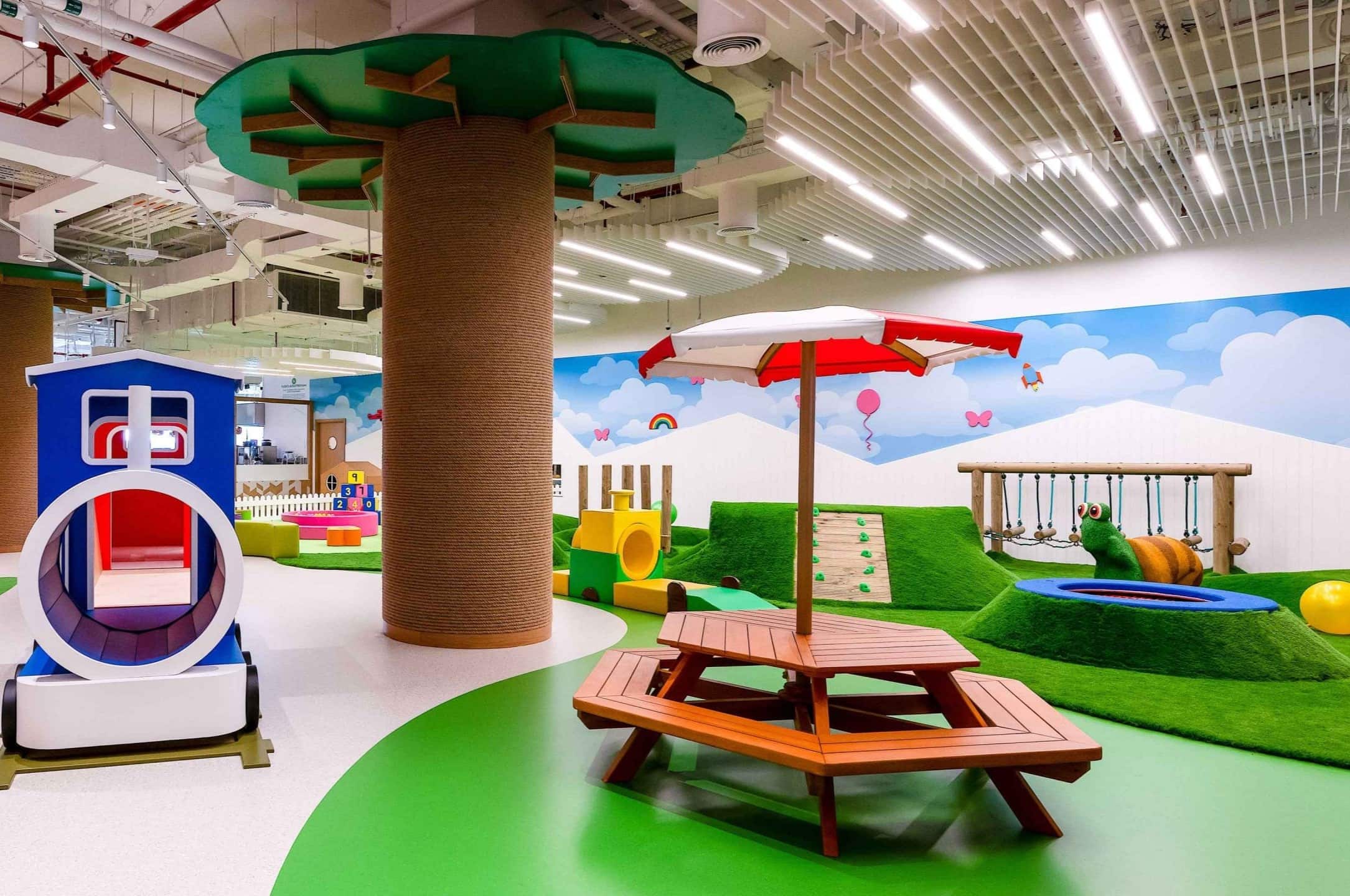
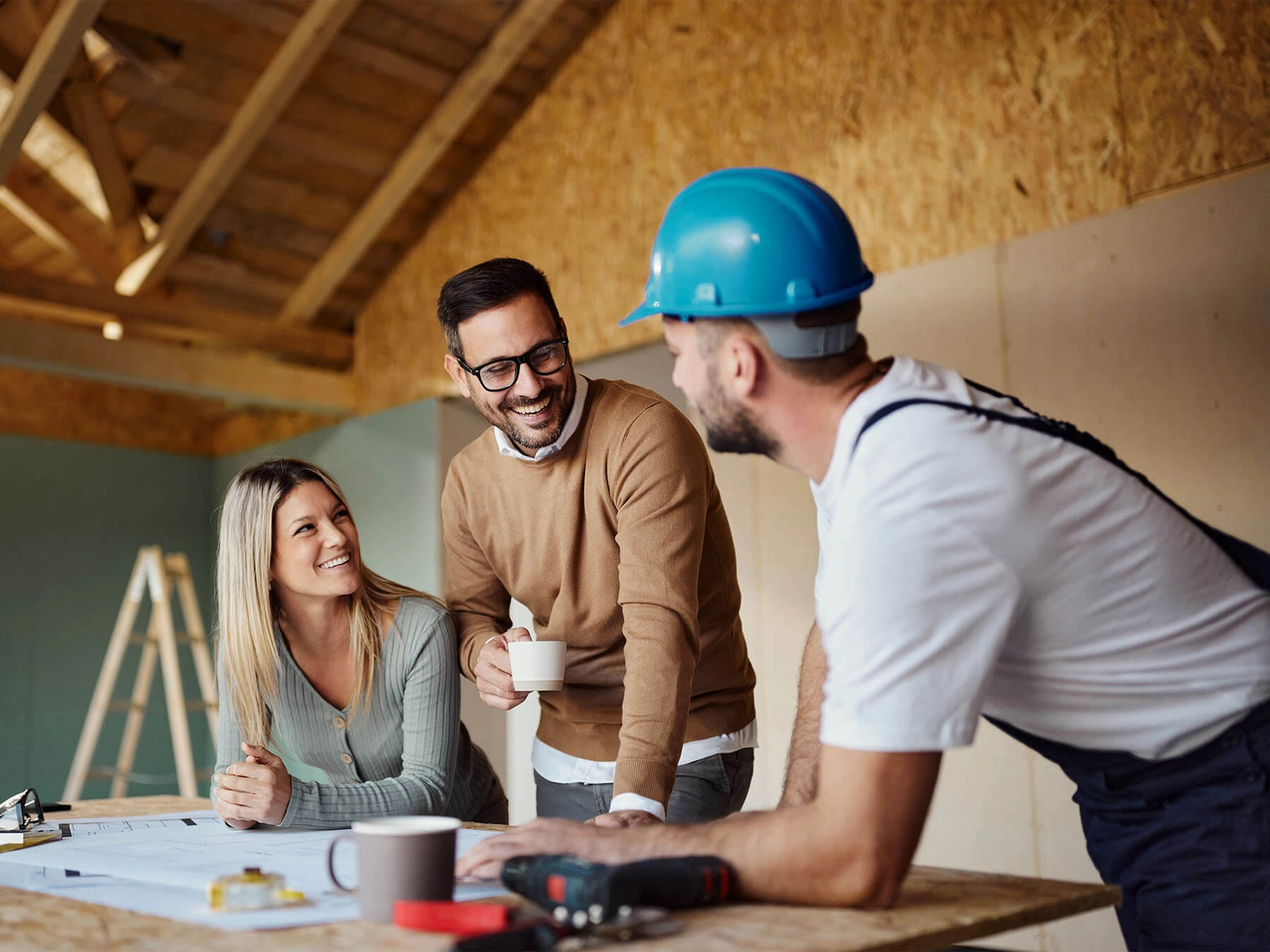
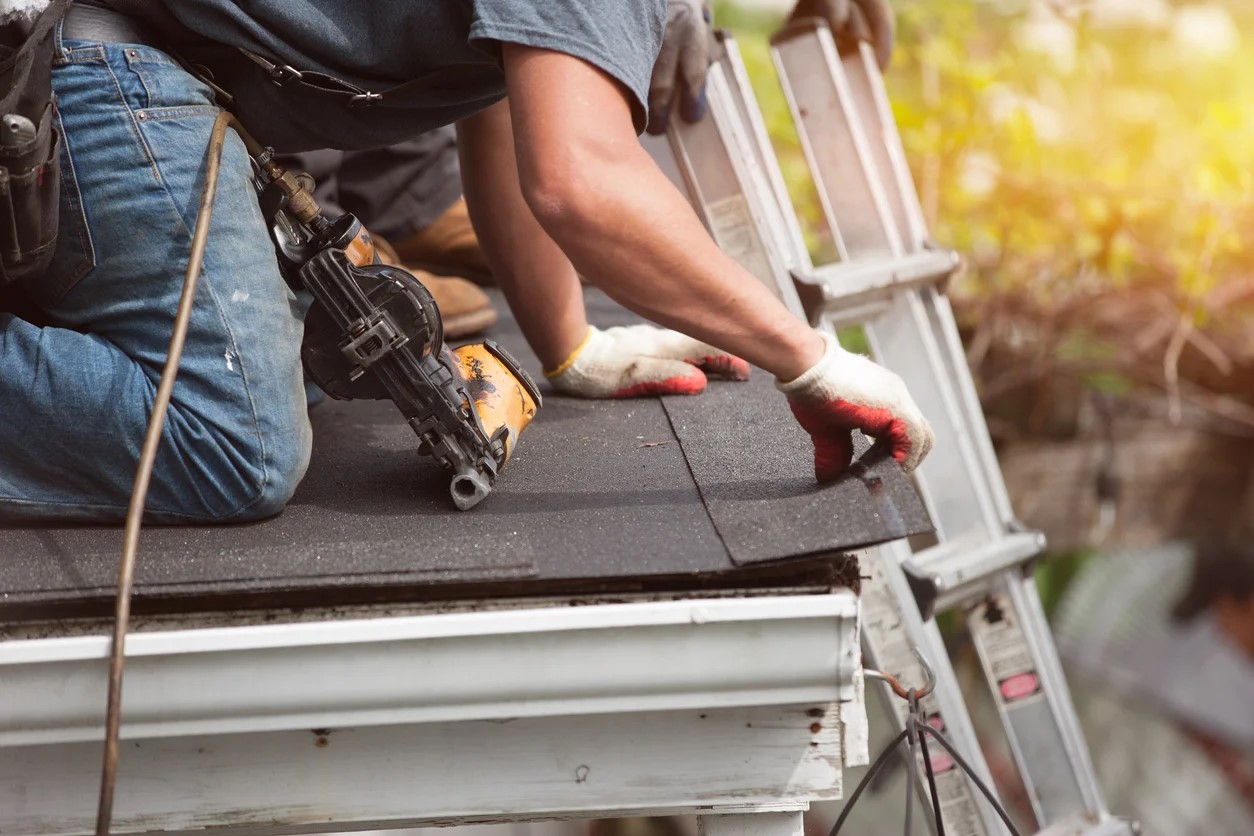

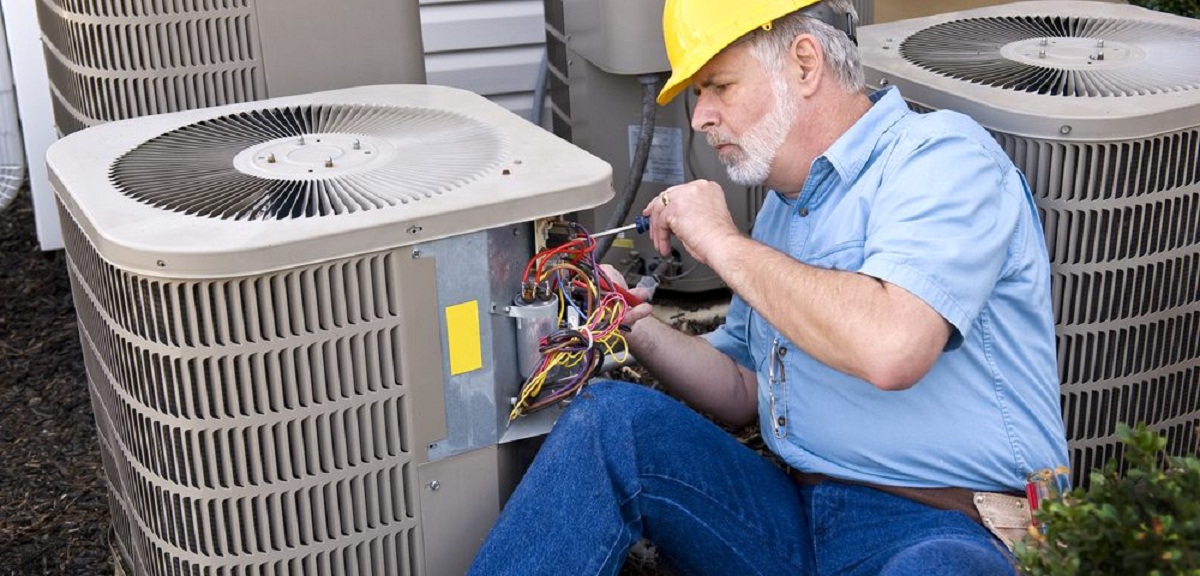
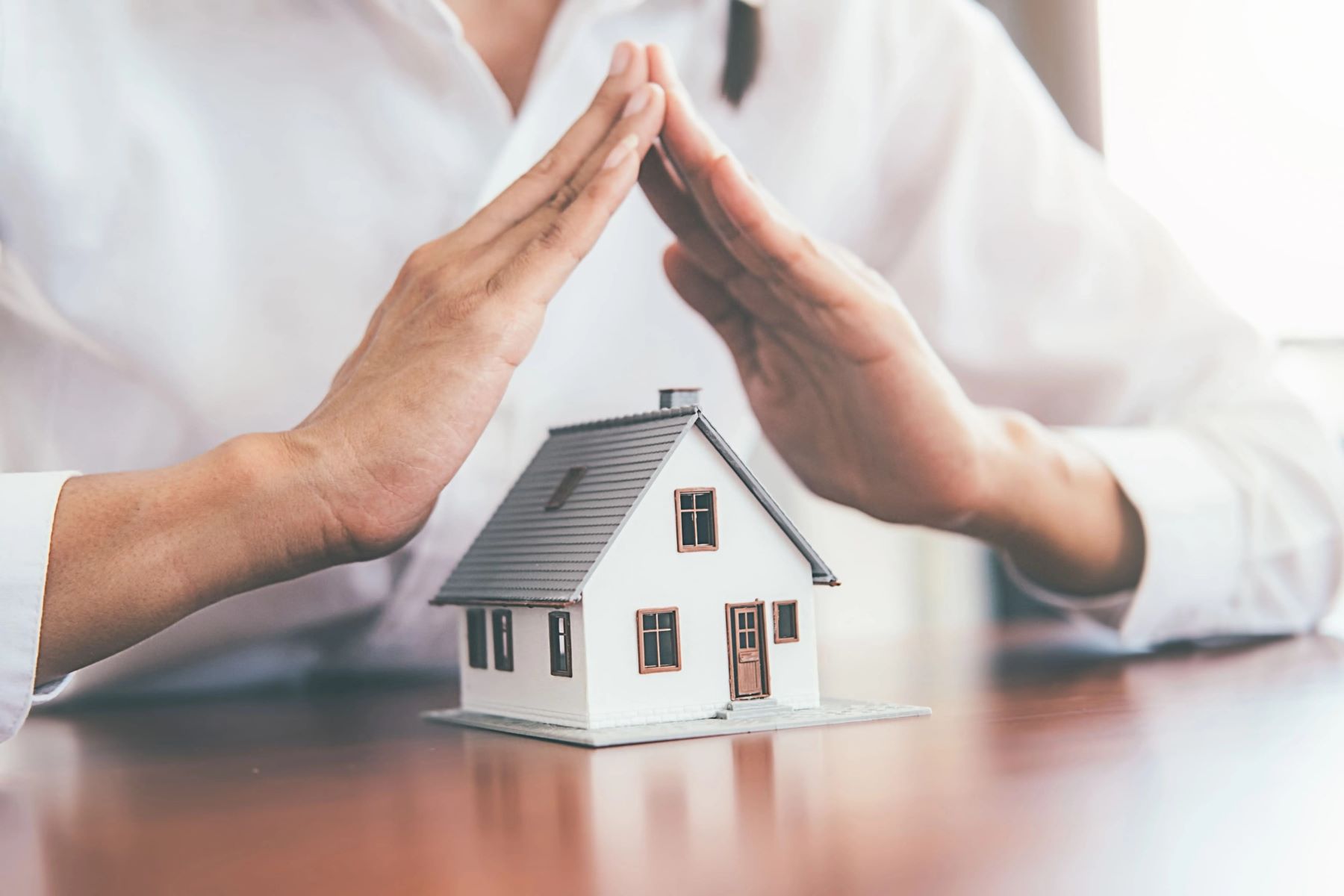
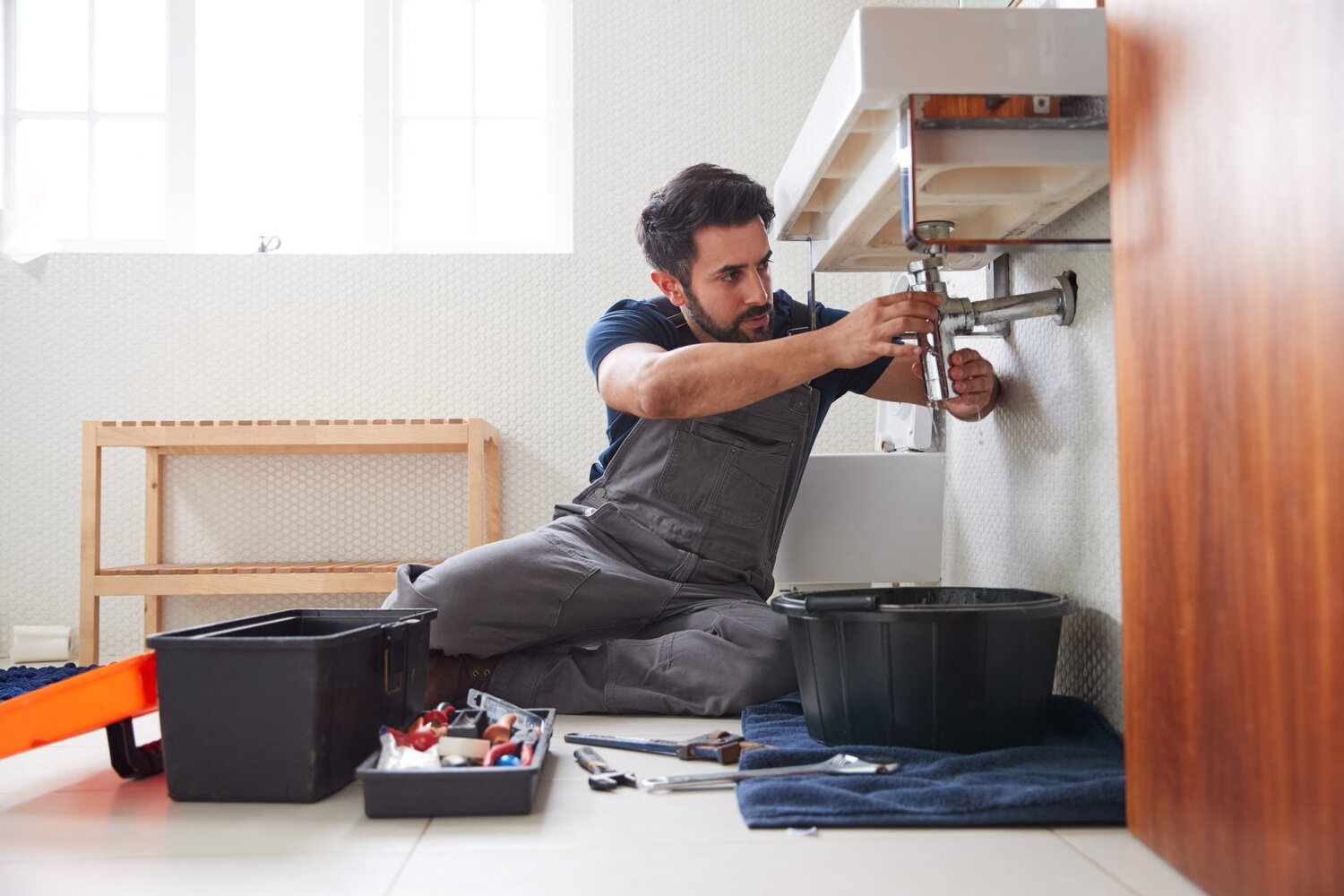

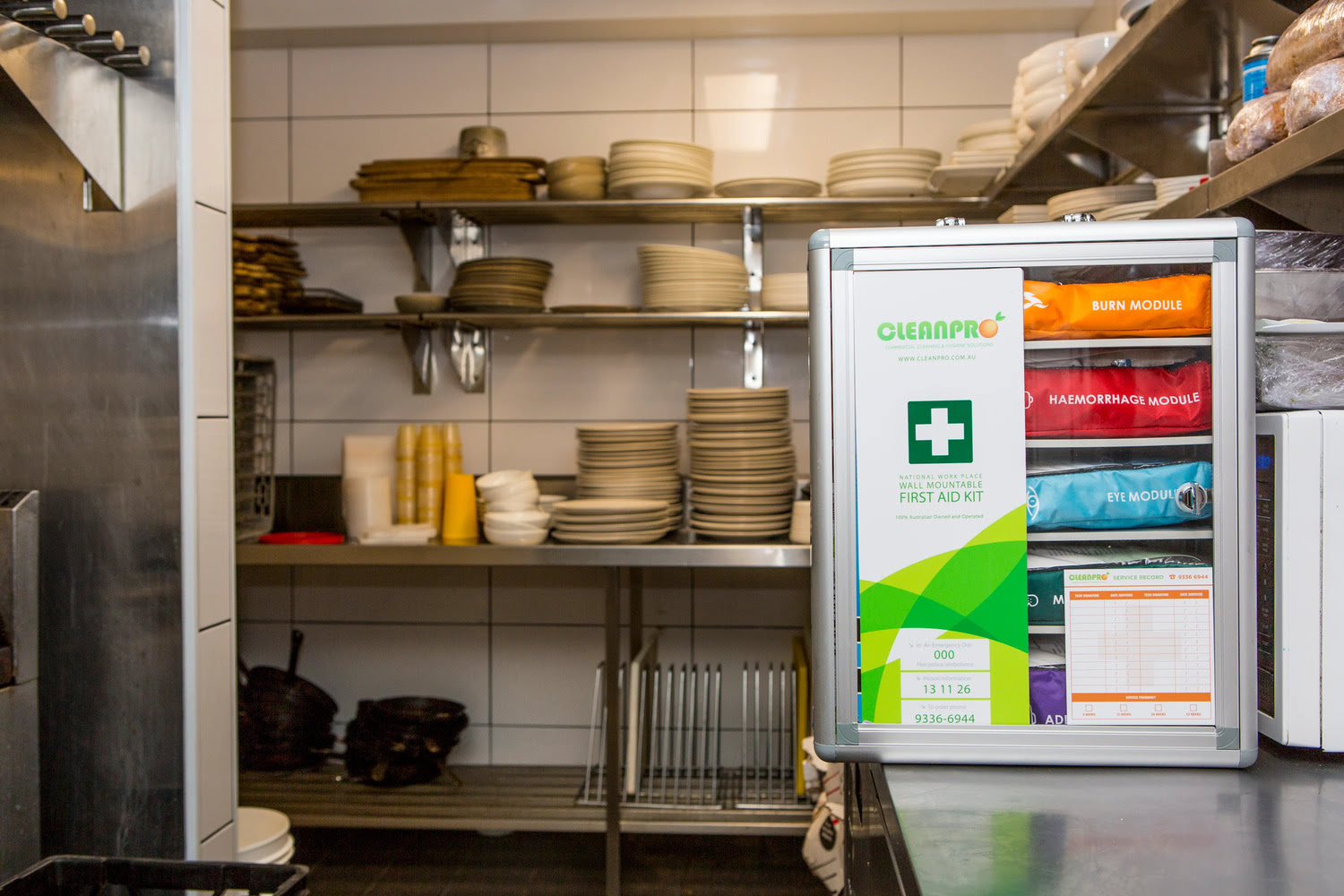

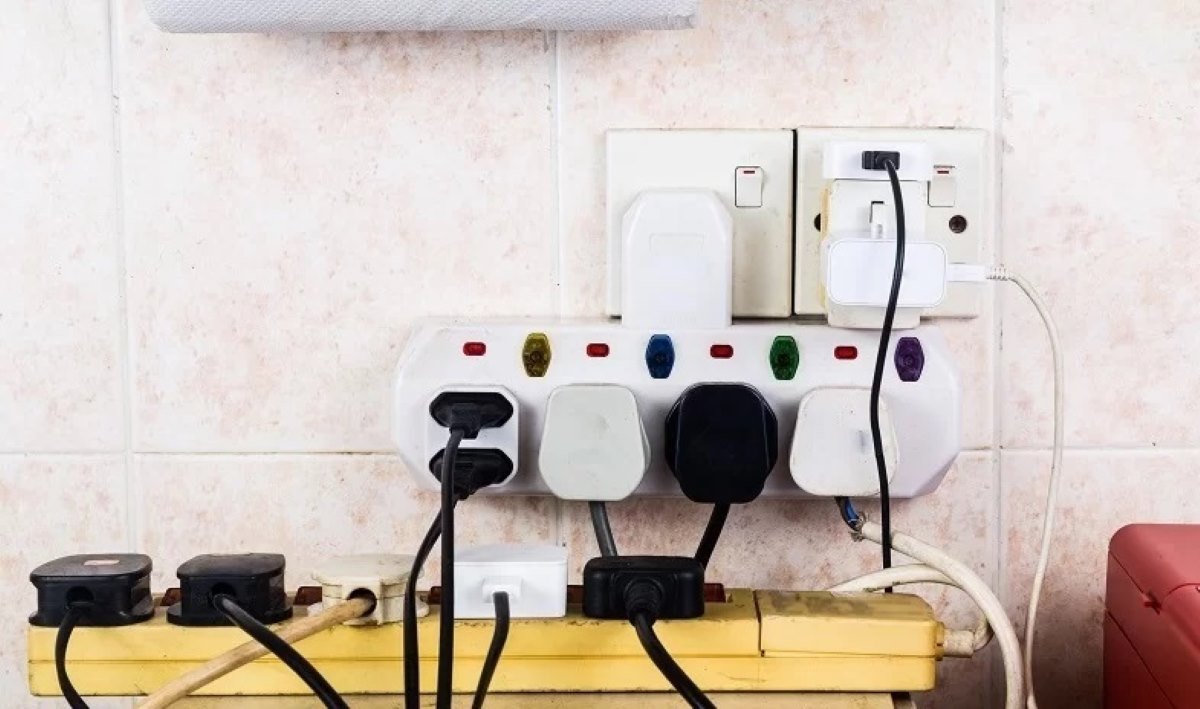
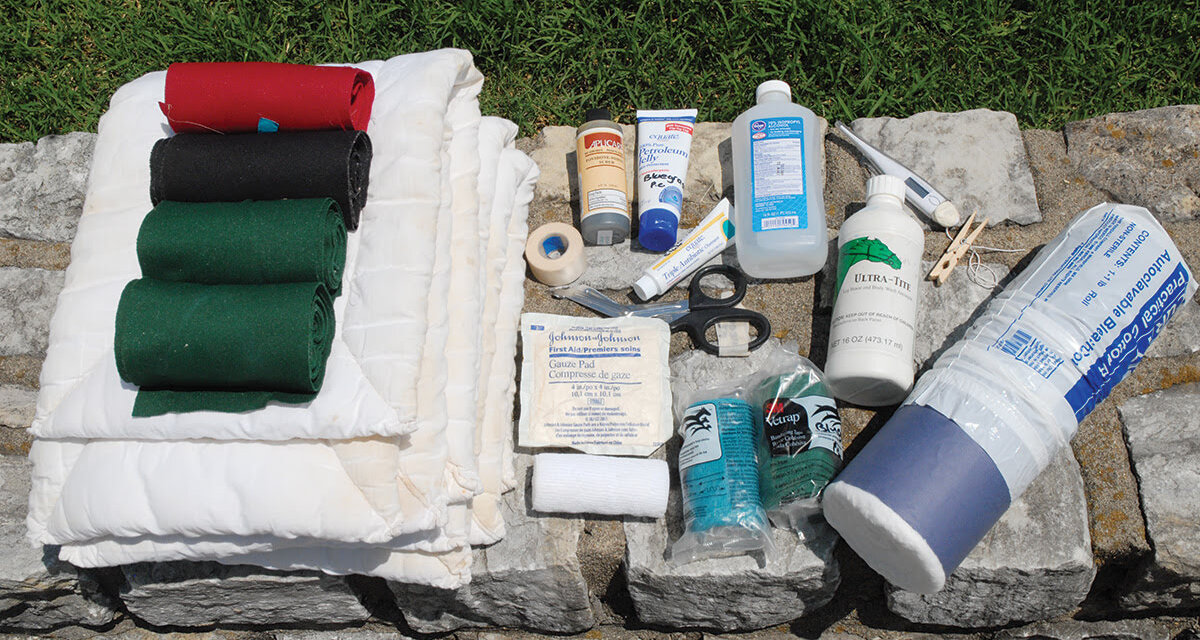
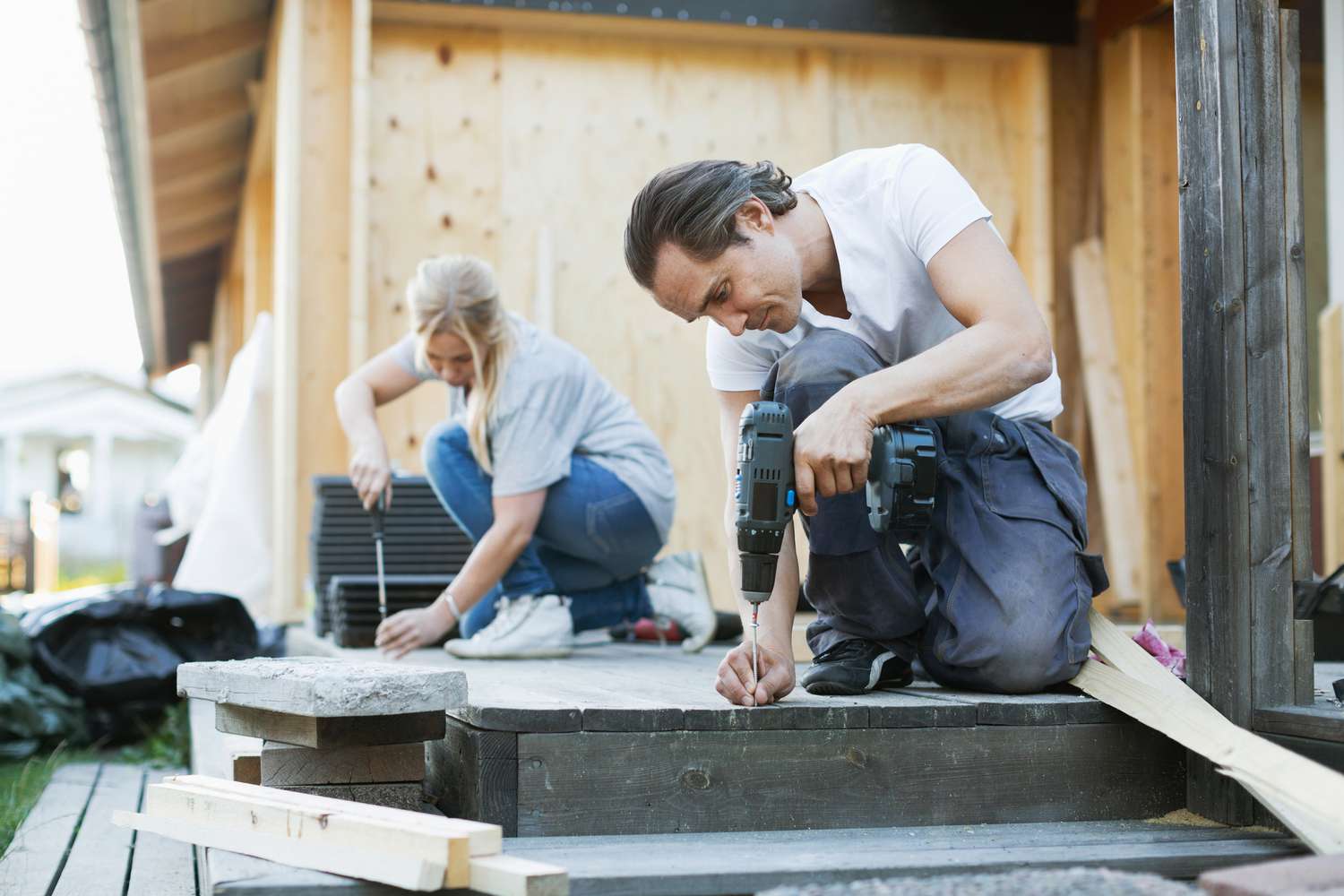
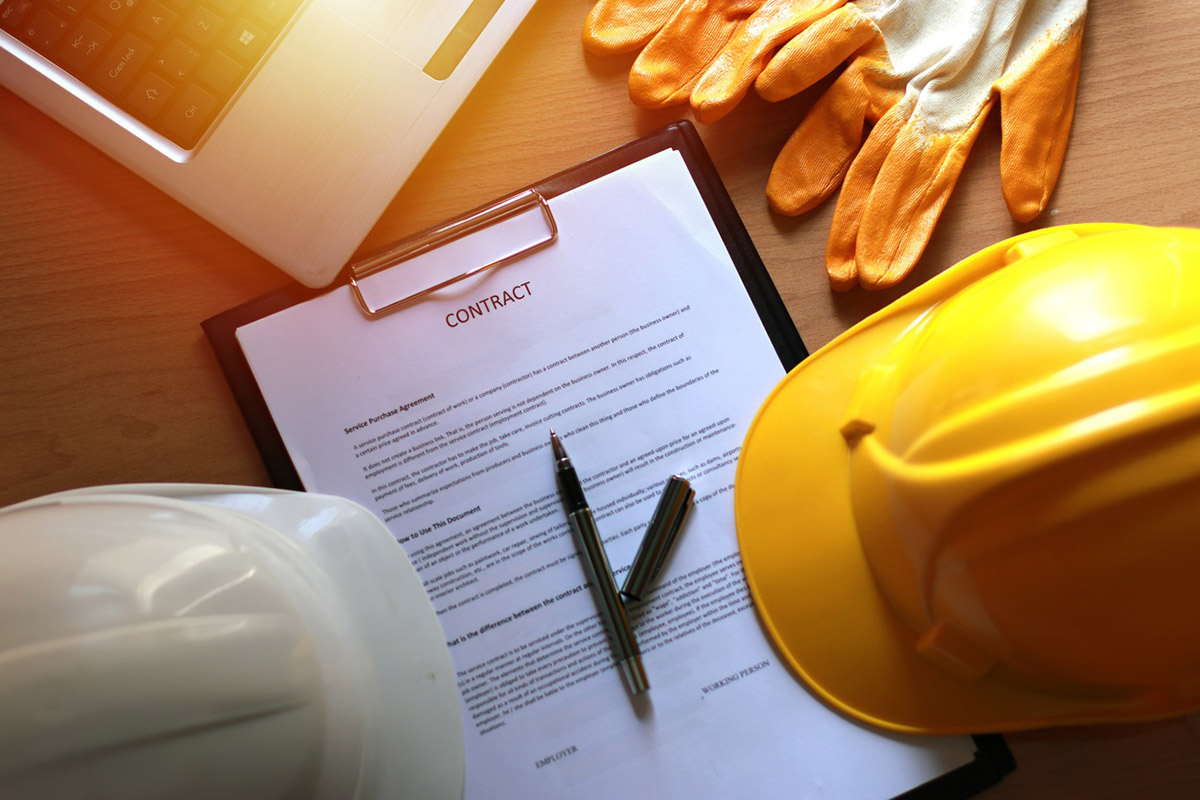

0 thoughts on “What Home Improvements Should Be Done First”